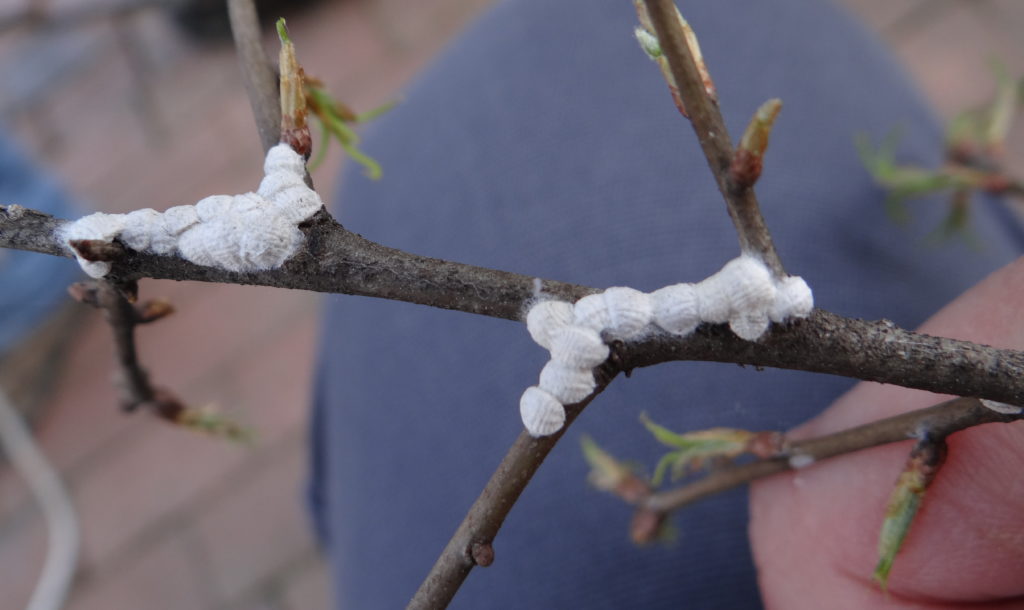Oak Felt Scales
go.ncsu.edu/readext?522497
en Español / em Português
El inglés es el idioma de control de esta página. En la medida en que haya algún conflicto entre la traducción al inglés y la traducción, el inglés prevalece.
Al hacer clic en el enlace de traducción se activa un servicio de traducción gratuito para convertir la página al español. Al igual que con cualquier traducción por Internet, la conversión no es sensible al contexto y puede que no traduzca el texto en su significado original. NC State Extension no garantiza la exactitud del texto traducido. Por favor, tenga en cuenta que algunas aplicaciones y/o servicios pueden no funcionar como se espera cuando se traducen.
Português
Inglês é o idioma de controle desta página. Na medida que haja algum conflito entre o texto original em Inglês e a tradução, o Inglês prevalece.
Ao clicar no link de tradução, um serviço gratuito de tradução será ativado para converter a página para o Português. Como em qualquer tradução pela internet, a conversão não é sensivel ao contexto e pode não ocorrer a tradução para o significado orginal. O serviço de Extensão da Carolina do Norte (NC State Extension) não garante a exatidão do texto traduzido. Por favor, observe que algumas funções ou serviços podem não funcionar como esperado após a tradução.
English
English is the controlling language of this page. To the extent there is any conflict between the English text and the translation, English controls.
Clicking on the translation link activates a free translation service to convert the page to Spanish. As with any Internet translation, the conversion is not context-sensitive and may not translate the text to its original meaning. NC State Extension does not guarantee the accuracy of the translated text. Please note that some applications and/or services may not function as expected when translated.
Collapse ▲Oak eriococcin scales, Eriococcus quercus, are one of the earliest scale insects to produce eggs, and thus crawlers, in Raleigh. The females become felted and swell in early spring. Now they are full of eggs. When the crawlers hatch from the eggs is when horticultural oil applications would be most effective. Not much is known about other control tactics for this pest. Just be careful. An important scale predator looks very similar to felt scales and mealybugs. Larvae of scale-eating lady beetles in a couple related genera including Hyperaspis spp. are white and waxy. However, they move. Since scales don’t move these lady beetle larvae have to crawl around looking for food. Sometimes thousands of lady beetles hatch at once so please do not confuse them with scales.



